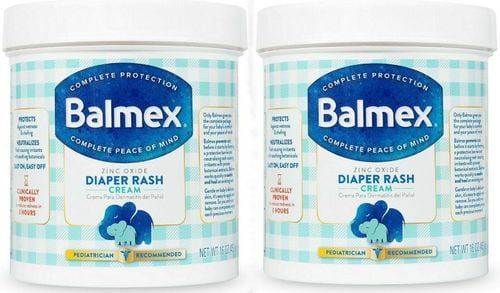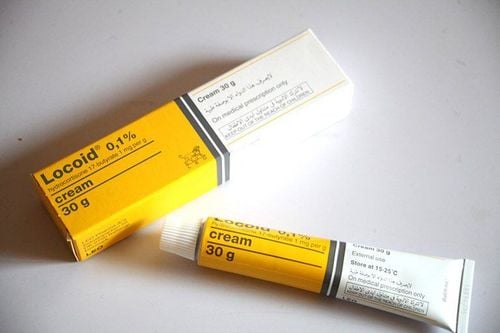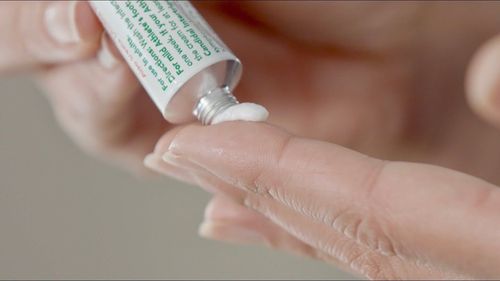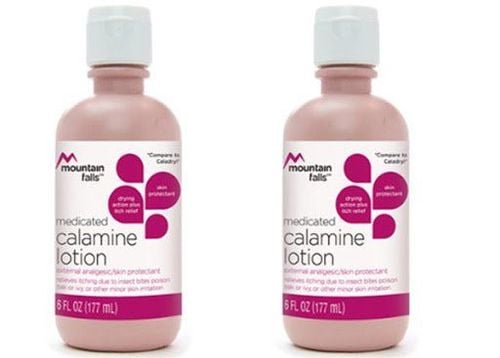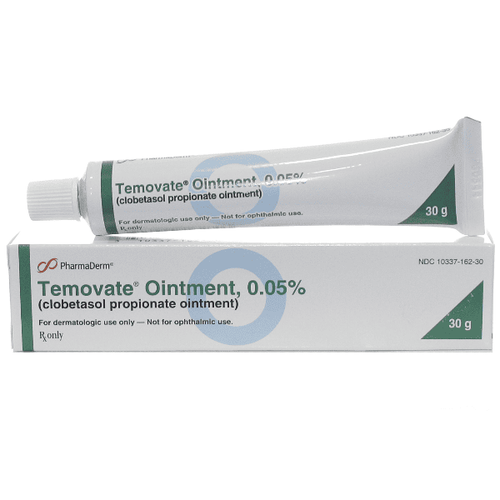This is an automatically translated article.
Posted by Master, Doctor Mai Vien Phuong - Department of Examination & Internal Medicine - Vinmec Central Park International General Hospital
Perioral dermatitis, without proper treatment, usually resolves on its own, but can reappear later. Outbreaks of perioral dermatitis can last for weeks or even months. Therefore, when you notice the symptoms of perioral dermatitis, you should go to a medical facility for examination and appropriate treatment.
1. What is perioral dermatitis?
Perioral dermatitis is a scaly or red rash involving the skin around the mouth. The rash may spread to the nose or eyes.
This inflammation can cause redness, itching, burning. Perioral dermatitis can affect people of all ages, races and ethnicities but mainly occurs in women between the ages of 16 and 45. will go away on its own, but may reappear later. Outbreaks of perioral dermatitis can last for weeks or even months.
2. What causes perioral dermatitis? The cause of perioral dermatitis is currently unknown. However, some risks may arise after using strong topical steroids on the skin.
In addition, some ingredients in cosmetics also cause perioral dermatitis. Other factors thought to cause the condition include:
Bacterial or fungal infections Constant drooling Fluoride toothpaste Contraceptives Sunscreens Acne rosacea 3. Dermatitis symptoms Perioral dermatitis is often characterized by a red, blister-like rash around the mouth or nasolabial folds. They can also appear:
In the area under the eyes On the forehead On the chin This inflammation can cause itching, burning, pus or fluid, similar to acne .
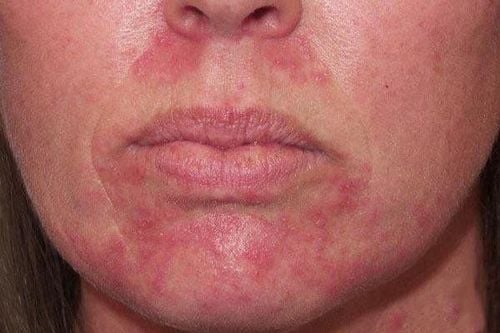
4. Treatment for perioral dermatitis Your doctor will diagnose perioral dermatitis with skin culture tests to rule out infection. Your doctor will take a small patch of skin from the affected area for testing. The skin sample is sent to a lab to be tested for bacteria or fungi.
Your doctor may also perform a skin biopsy, especially if the rash doesn't respond to standard treatments.
Regarding treatment, it is best to stop using steroid creams or steroid nasal sprays, if possible. These drugs can make symptoms worse. However, patients should consult their doctor before stopping any medication.
In some cases, using mild soap and stopping using heavy lotions and fluoride toothpastes can relieve symptoms.
Prescription medications to treat perioral dermatitis include:
Topical antibiotics, such as metronidazole (Metro gel) and erythromycin Immunosuppressive creams Topical acne medications Oral antibiotics, eg doxycycline, tetracycline or isotretinoin, for more serious conditions. Additionally, lifestyle changes can help prevent the disease:
Eliminate scented scrubs or cleansers. Warm water should be used during outbreaks. Avoid using steroid creams Stop using or reduce your use of makeup, cosmetics, and sunscreen. Wash pillowcases and towels regularly in hot water. Limit foods that are too salty or spicy. They can irritate the skin around the mouth. Because the causes of perioral dermatitis vary and are not completely understood, there is no one good way to avoid getting it. However, to help ease or keep your condition from getting worse you should:
Avoid topical steroids, unless specifically directed by your doctor. Use cosmetics with caution. Avoid using heavy cosmetics or lotions. Ask your doctor about which moisturizers are acceptable. Switch to gentle cleansers and moisturizers. Ask your dermatologist for recommendations that work best for your skin. Protect your skin: The sun's ultraviolet (UV) rays, heat, and winds can worsen perioral dermatitis. Some medications used to treat perioral dermatitis will also make your skin sensitive to the sun. Therefore, protect your skin if you are exposed to the sun for a long time. In summary, perioral dermatitis without appropriate treatment will most likely resolve on its own, but may reappear later. Outbreaks of perioral dermatitis can last for weeks or even months. Therefore, when you notice the symptoms of perioral dermatitis, you should go to a medical facility for examination and appropriate treatment.
Please dial HOTLINE for more information or register for an appointment HERE. Download MyVinmec app to make appointments faster and to manage your bookings easily.
References:Babaoff M, et al. (2010). Erythematous rash on face. mdedge.com/jfponline/article/64074/dermatology/erythematous-rash-face/page/0/1 Keri JE. (2017). Perioral dermatitis. merckmanuals.com/professional/dermatologic-disorders/acne-and-related-disorders/perioral-dermatitis Perioral dermatitis. (n.d.). aocd.org/page/PerioralDermatitis Peri-oral dermatitis and rosacea. (n.d.). internationalrosaceafoundation.org/perioral.php





